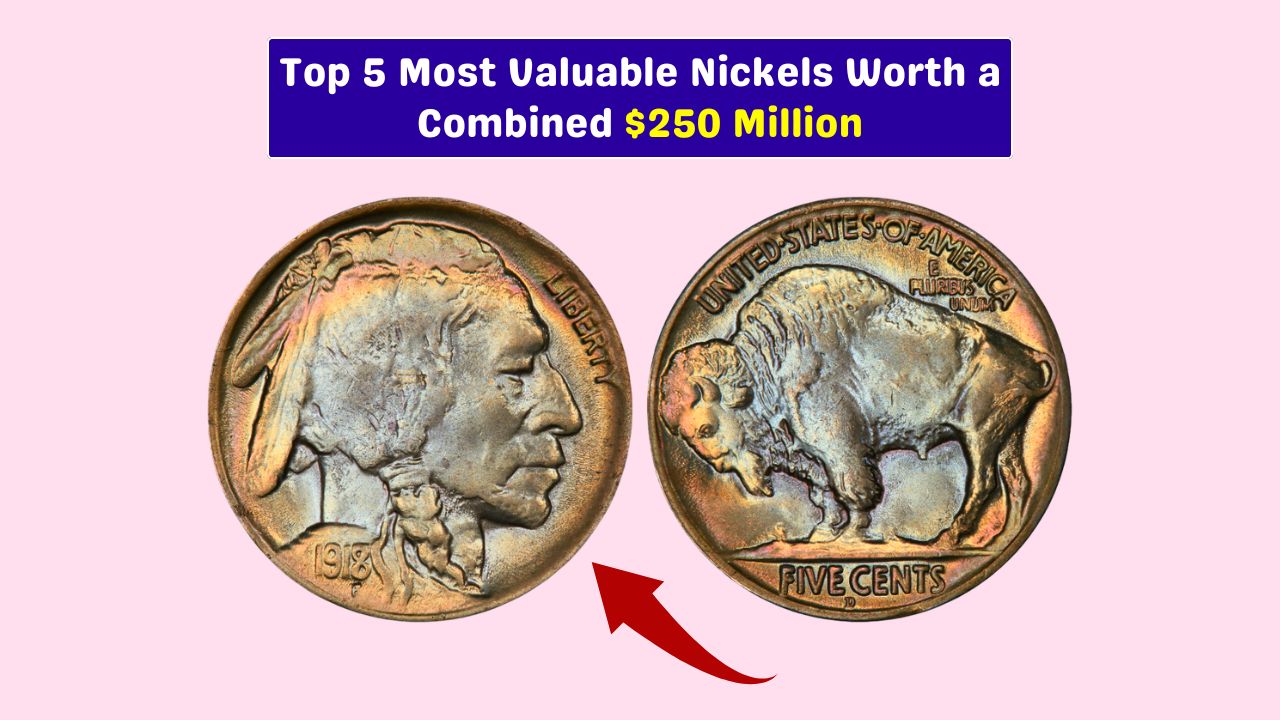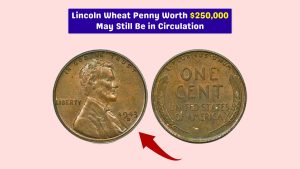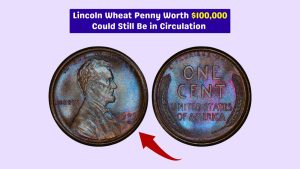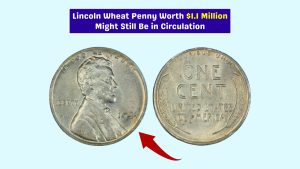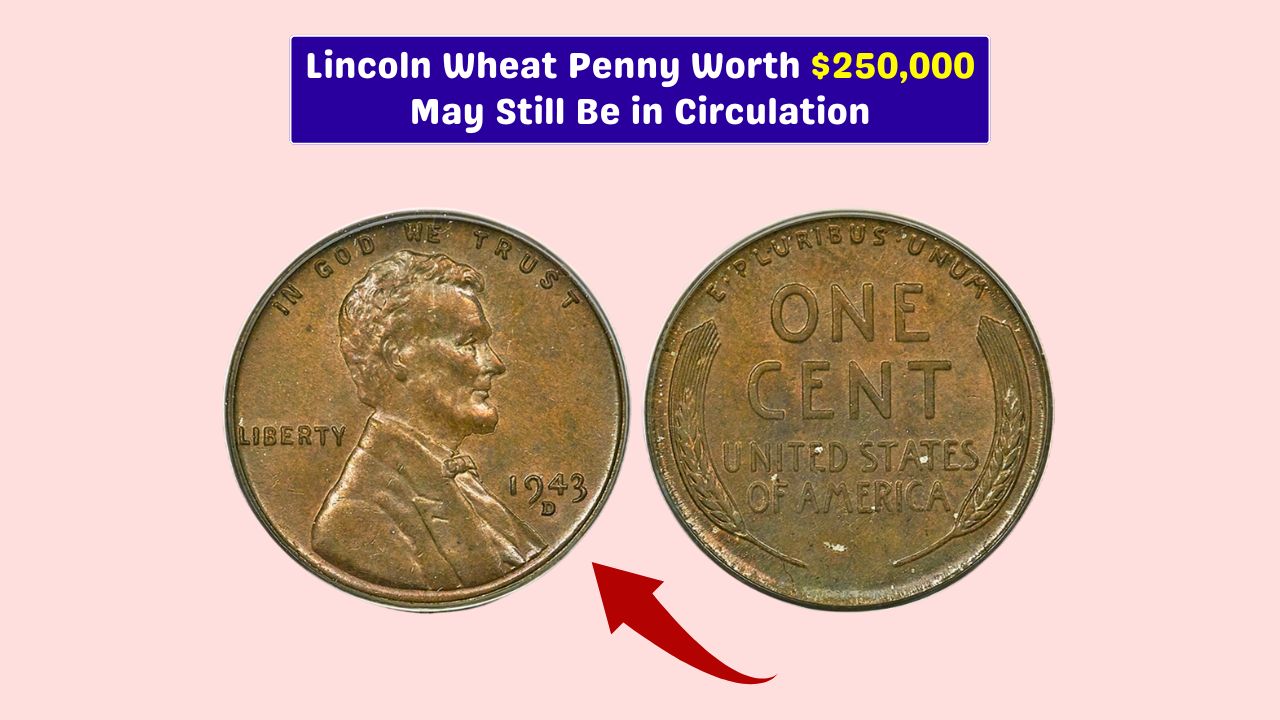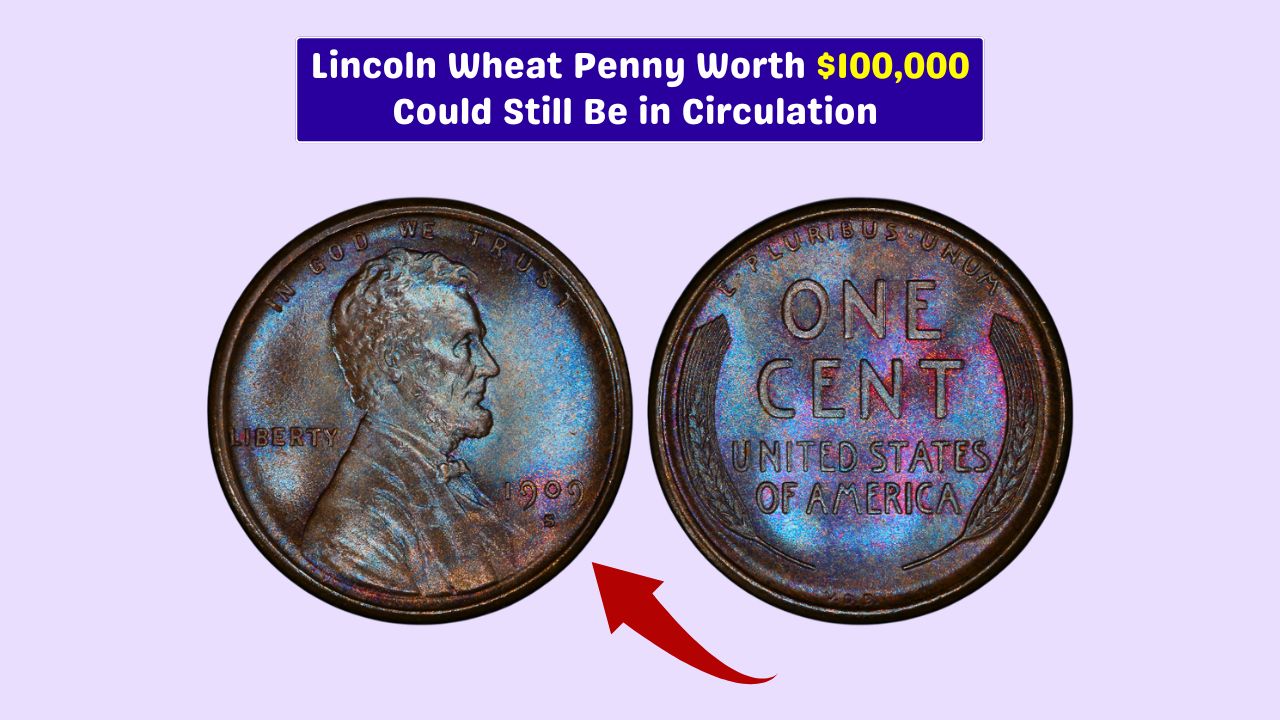That nickel in your change jar might just be hiding a six-figure secret. While most nickels are worth exactly five cents, a few special ones are worth thousands—or even millions—thanks to rare minting mistakes, ultra-low mintages, and collector demand.
If you’re a coin enthusiast (or just curious), here’s a rundown of the five most valuable nickels in American coin history, what makes them unique, and how much they’re worth today.
Liberty
Let’s start with the most famous one—the 1913 Liberty Head nickel. This coin is the unicorn of U.S. coinage. Only five are known to exist, and none should have been made at all. The design was officially retired in 1913, replaced by the Buffalo nickel, yet somehow five Liberty nickels with that year’s date emerged mysteriously.
The most likely explanation? A Mint employee, Samuel Brown, may have struck them unofficially. Regardless of their shady origin, they’re legendary now. One sold for $4.56 million in 2018. If another hit the auction block today, experts believe it could fetch $5 million or more.
It’s not just the money that makes this coin stand out—it’s the lore. It has featured in books, TV shows, and numismatic history like few others. It’s the kind of coin that turns casual observers into coin collectors.
Overdate
Next up is the 1918/7-D Buffalo nickel, which isn’t a mystery—it’s a wartime mistake. During WWI, a die from 1917 was reused and stamped with an “8,” creating an overdate where both digits are visible. This wasn’t done on purpose. It was simply the Mint trying to keep up with wartime demand.
Only around 100 examples are known today, making it one of the rarest regular-issue nickels. Condition matters big time here. A heavily worn one might get you $25,000. A high-grade uncirculated version? Over $500,000.
Collectors love this one for its backstory, too. It’s a symbol of a country pushing through wartime pressures, and the kind of flaw that adds character to history.
Three-Legged
If you’ve ever seen a 1937-D Buffalo nickel missing a leg—don’t worry, it’s not your imagination. That’s the famous Three-Legged Buffalo. It happened when a Mint worker overpolished a die and erased one of the buffalo’s front legs.
This quirky, very visible error is one of the most beloved by collectors. Here’s how values break down:
| Grade | Estimated Value |
|---|---|
| G-VG (heavily worn) | $500 – $1,000 |
| F-VF (moderate wear) | $1,000 – $2,500 |
| XF-AU (light wear) | $3,000 – $10,000 |
| Uncirculated | $25,000 – $100,000+ |
The best-known example sold for $161,000 in 2017. What makes it a fan favorite? You don’t need a magnifying glass or coin expertise to see what’s wrong—this one practically shouts its uniqueness.
Shield
The 1880 Shield nickel might not have the same celebrity as the others, but it’s a sleeper hit among serious collectors. Only 16,000 were made for circulation, and few were saved in good condition. That’s the lowest mintage of the entire nickel series.
Because of its low production, collectors are finally starting to take notice. Here’s what they go for:
| Grade | Estimated Value |
|---|---|
| G-VG (worn) | $2,000 – $3,000 |
| F-VF | $3,500 – $6,000 |
| XF-AU | $6,500 – $15,000 |
| Uncirculated | $20,000 – $75,000+ |
A top-notch MS-66+ version brought in $108,000 at auction. What’s neat about this one? It’s not an error. It’s just genuinely rare, and the low mintage makes it a historical gem.
Jefferson
Last but not least is the 1950-D Jefferson nickel, proof that not all valuable coins are from the 1800s. With just 2.63 million minted, it was instantly recognized as rare, leading collectors and dealers to snatch them from banks and stash them away.
Because so many were saved, many examples today are uncirculated, but there’s still plenty of demand—especially for those with “Full Steps” detail.
| Grade | Estimated Value |
|---|---|
| Circulated | $15 – $30 |
| Uncirculated (typical) | $50 – $150 |
| Gem MS-65 | $150 – $250 |
| MS-66 FS and better | $500 – $5,000+ |
The top sale? $15,275 for a pristine MS-67+ Full Steps. This nickel is a great example of how rarity and condition combine to boost value, and it’s one that many collectors can still afford to chase.
While these coins are the stuff of collector dreams, their stories are also a fascinating slice of American history.
From mysterious mints to wartime errors and overlooked gems, these nickels prove that even the smallest coins can carry massive value—both financially and historically.
FAQs
What is the rarest nickel?
The 1913 Liberty Head nickel—only five are known to exist.
How much is a 1950-D nickel worth?
Anywhere from $15 to $5,000+ depending on condition.
What is a three-legged buffalo nickel?
A 1937-D error coin missing one buffalo leg due to die polishing.
Why is the 1918/7-D nickel valuable?
It’s a rare wartime overdate mint error.
Are Shield nickels worth collecting?
Yes, especially the rare 1880 issue with very low mintage.
